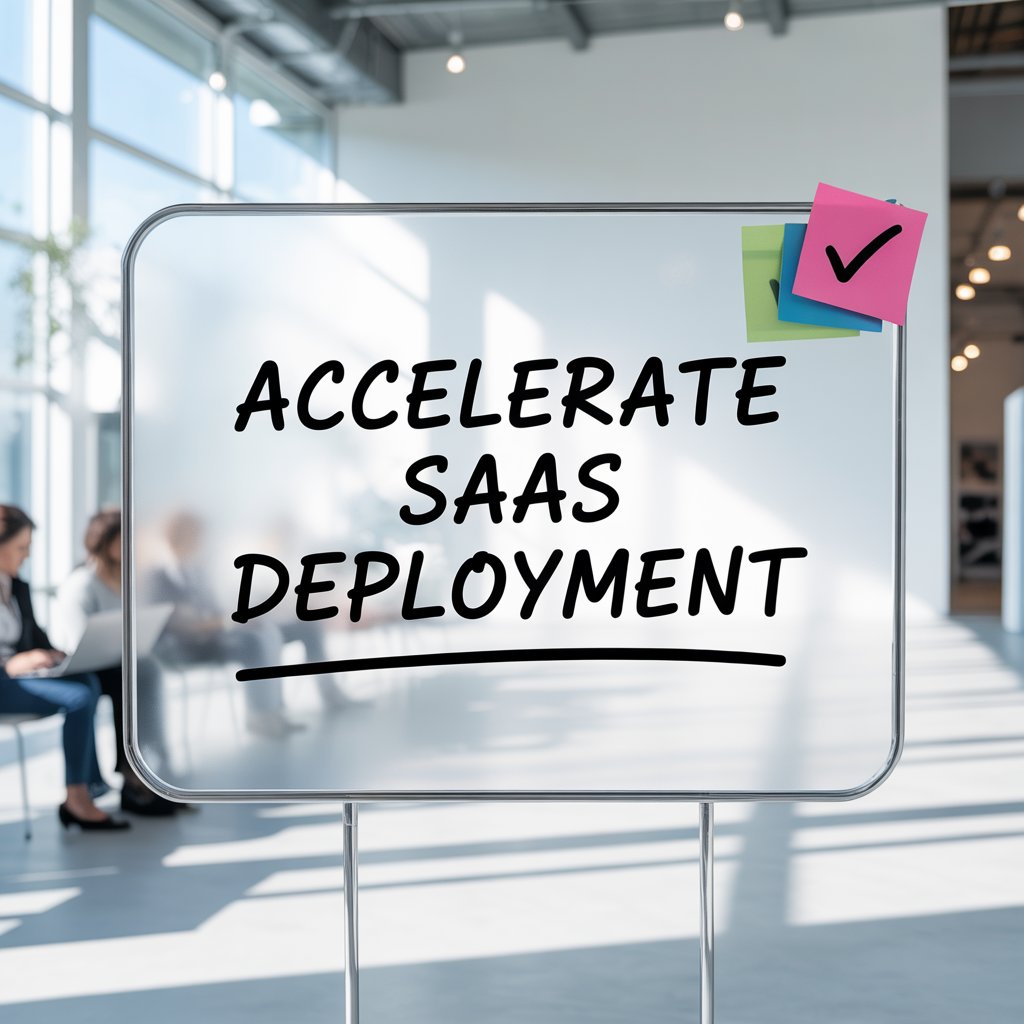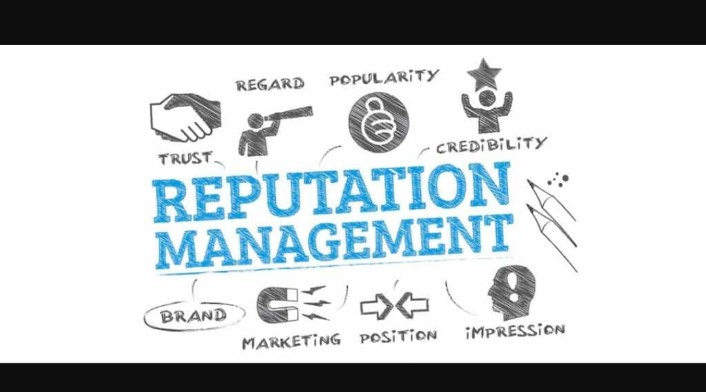In the SaaS industry, time to market doesn’t just provide a competitive advantage — it can make the difference between setting the pace and racing to catch up. No matter how you’re introducing an MVP or big upgrade, slow deployment can equal lost customers, lost revenue, and lost momentum.
But rushing without a plan is equally risky. That’s why a well-formulated, repeatable process ensures you spin up faster and still do good work.
In this post, we will break down a 5-step checklist to get you up and running with SaaS deployment quickly—which is especially important if you’re using outsourced SaaS application development services or have dedicated software developers to work on your side.
Step 1: Start with a Lean, Well-Defined MVP
The biggest time-sink in SaaS development? Attempting to make everything in version 1.
Rather, begin by establishing a Minimal Viable Product (MVP) — the barest, most concentrated essence of your offering that delivers actual value to the earliest users. Including every feature you’ve ever dreamed of is tempting, but speed comes from weeding out the inessential.
Ask:
- What is the underlying problem we are trying to address here?
- What distinguishes the ” must-haves ” features from the “nice-to-haves”?
- Can we confirm the idea with some less bells and whistles?
Working with a provider of SaaS application development services can help here. They’ve probably built dozens of MVPs in the past and can help steer you towards the most focused, fastest ship.
Step 2: Choose the Right Tech Stack and Architecture
Rapid growth is about making the right choices upfront. Your tech stack must reflect your vision — not just at launch, but for scalability, maintainability, and performance.
A few quick tips:
- Leverage modern, battle-tested frameworks (such as React for frontend, Node.js, or Django for backend).
- Start cloud-native right from the beginning—there are tools (AWS, Google Cloud, Azure, etc.) that can help you deploy and scale quickly.
- Design and develop with scalability (microservices, containerization, CI/CD pipelines).
If you’re working with external developers, ensure they’ve done this before. When you hire dedicated software developers with SaaS experience, you’re tapping into people who can make smart architectural decisions early—so you don’t pay for them later.
Step 3: Implement Agile and Continuous Delivery
Traditional waterfall development cycles are too slow for SaaS. Agile, iterative development permits you to release faster, get feedback sooner, and adapt quickly.
Pair Agile with Continuous Integration and Continuous Delivery (CI/CD) to automate:
- Code testing
- Builds
- Deployment
This shortens the feedback loop and helps eliminate bottlenecks. Every code commit that downstream systems rely on should be put through automated tests and deployable within hours and not weeks.
When using SaaS application development services, inquire about their DevOps practices. Do they use Git workflows? CI/CD pipelines? Feature flagging? All of those are indicators of a mature, deployment-capable team.
Step 4: Test Smart, Not Just Hard
Quality assurance should not be slowing you down — it should actually be accelerating releases. The secret is testing early, and often and smart.
Use a mix of:
- Automated unit tests for core logic
- Integration tests for system-wide checks
- Manual QA for UX and edge-case handling
Test left in development to catch bugs before they are costly. When you hire dedicated software developers, ensure they write testable code and are comfortable using test-driven development (TDD) or behavior-driven development (BDD) practices.
Step 5: Plan the Launch and Post-Launch Phases Together
Deployment doesn’t end when your code hits production. For SaaS products, the period following the launch is almost as important as the launch itself.
Make sure you’ve planned for:
- Monitoring and alerting (use tools like Datadog, New Relic, or Sentry)
- User onboarding (guides, tooltips, FAQs)
- Feedback loops (in-app surveys, analytics, support channels)
- Rollback mechanisms in case something breaks
When you bring in a team via SaaS application development services, ensure they also handle post-deployment support. A few vendors drop the ball immediately following release–make sure yours isn’t one of them!
Final Thoughts
Ultimately, when it comes to increasing SaaS deployment, it’s not a matter of shortchanging yourselves–it’s about working smarter, focusing, and having the right people and processes in place.
Whether you’re building in-house or working with partners, using this 5-step checklist will help you ship faster, with confidence. And when you hire dedicated software developers who understand SaaS from the inside out, you’ll spend less time firefighting and more time delivering real value to users.
Because in SaaS, faster time-to-market isn’t just a win—it’s a growth multiplier.




